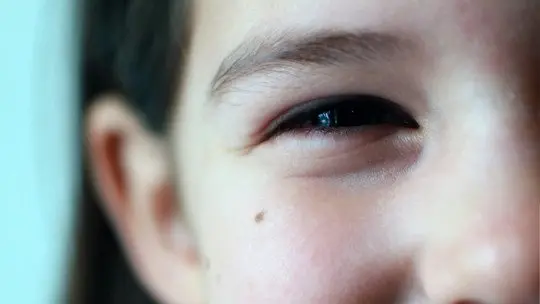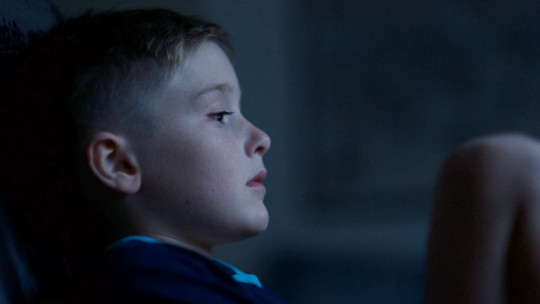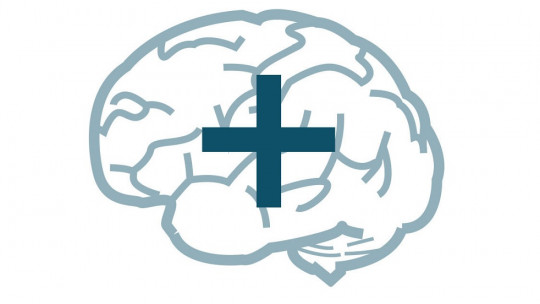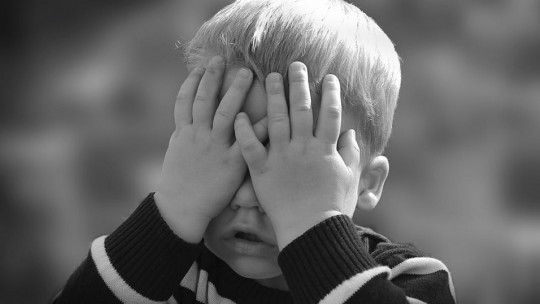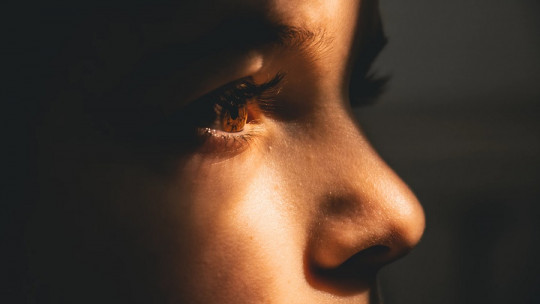
We are living in a time in which social movements want to make visible those concepts that have been stigmatized with negative connotations. The medical dictionary and scientific etymology, especially that of a psychological nature (autism, ADHD, dyslexia) have been responsible for labeling groups that often suffer discrimination from others.
What we know as the neurodiversity movement It includes the group of people diagnosed with mental disorders or neurological disorders who are treated in a discriminatory way by society and who claim their rights. Let’s see what it consists of.
Neurodiversity
The neurodiversity movement was started by the autistic community to refer to the diversity of human characteristics that are neurologically affected. The intention is none other than to replace one vocabulary with another, using terminology without stigma as opposed to concepts such as illness, pathology or mental deficiency. Initially, it is an idea that has gained a lot of strength within the scientific and social sector, but there are detractors that are increasingly critical of the application of these measures.
The concept of neurodiversity is used to insist on the nature of neurological and/or biological problems. That is, it is intended normalize in some way the differences that exist between people who present mental disorders and those who do not experience them in the first person. For example, being dyslexic is normal in the sense that it is a condition that should not affect the personal or professional development of individuals, nor serve as an excuse to receive discriminatory treatment. It is simply a different condition, neither better nor worse. They are natural variations of the human brain, nothing more.
The birth of this movement is attributed to the excessive medicalization suffered by this community and that, according to their complaints, only serves to increase prejudices and differences with other human beings. They are cared for in special schools, in special classes, they are put together with people of the same situation, avoiding contact with others. They are led to specific jobs, usually involving unskilled labor, which makes it difficult for them to develop their interests and talents.
Furthermore, the neurodiversity movement highlights the fact of the constant terminological damage assigned to autistic people and others, this approach being only negative, as something that must be solved or that can harm society as a whole. The renowned doctor specializing in autism, Simon Baron-Cohen, or Dr. Thomas Anderson, a specialist in neuroscience, have been especially critical of the classic vocabulary of “disorders,” and have already replaced terms such as disorder with diversity, or difference with disability.
Arguments in favor of the concept
The first thing that comes to mind when we say or read the word autistic is that he or she is a person with whom one should not hang out or, directly, we call him or her strange. Well, according to experts in the field, Neither ADHD nor many other psychological conditions can be considered diseases as it is not a problem that lies in the functioning of the body as something isolated. In fact, the causes of these phenomena are unknown. For an abnormality to have the status of a disease, it must be curable or initiated by abnormalities in a specific area of the body or DNA.
Among many of the arguments that exist to defend the concept of neurodiversity, the most important is to prevent the “affected” person from feeling belittled, violated or considered a person with fewer rights. What’s more, many autistic people consider the opposite. They claim to develop cognitive skills superior to that of the average population, they reaffirm that they have a special and healthier way of perceiving everything that surrounds them.
Another beneficial element of neurodiversity lies in focus on how to enhance the strengths of people who have these types of differences instead of trying to find the problems they entail. One of the tools used to carry out this approach is the Universal Design for Learning from the University of North Carolina. However, it is worth noting that the neurodiversity movement does not deny the difficulties that affected individuals have.
Elements against
Without completely contradicting the reasons and arguments in favor of the existence of neurodiversity, the majority of scientific and medical experts in neuroscience warn of the need to do not underestimate the serious problems experienced by people who suffer from autism or other disorders derived They also consider autism as a serious disorder, and not as a simple variation of human diversity.
On the other hand, neuroanatomical anomalies have been detected in the brains of those affected by disorders included in the neurodiversity movement, although not specific “starting points” of these alterations. Many family members also warn of the importance of not belittling or excessively normalizing this phenomenon, and point out the serious inconveniences of having an autistic family member: in many cases self-harm, lack of communication and unexpected attacks of anger. Are frequent.

